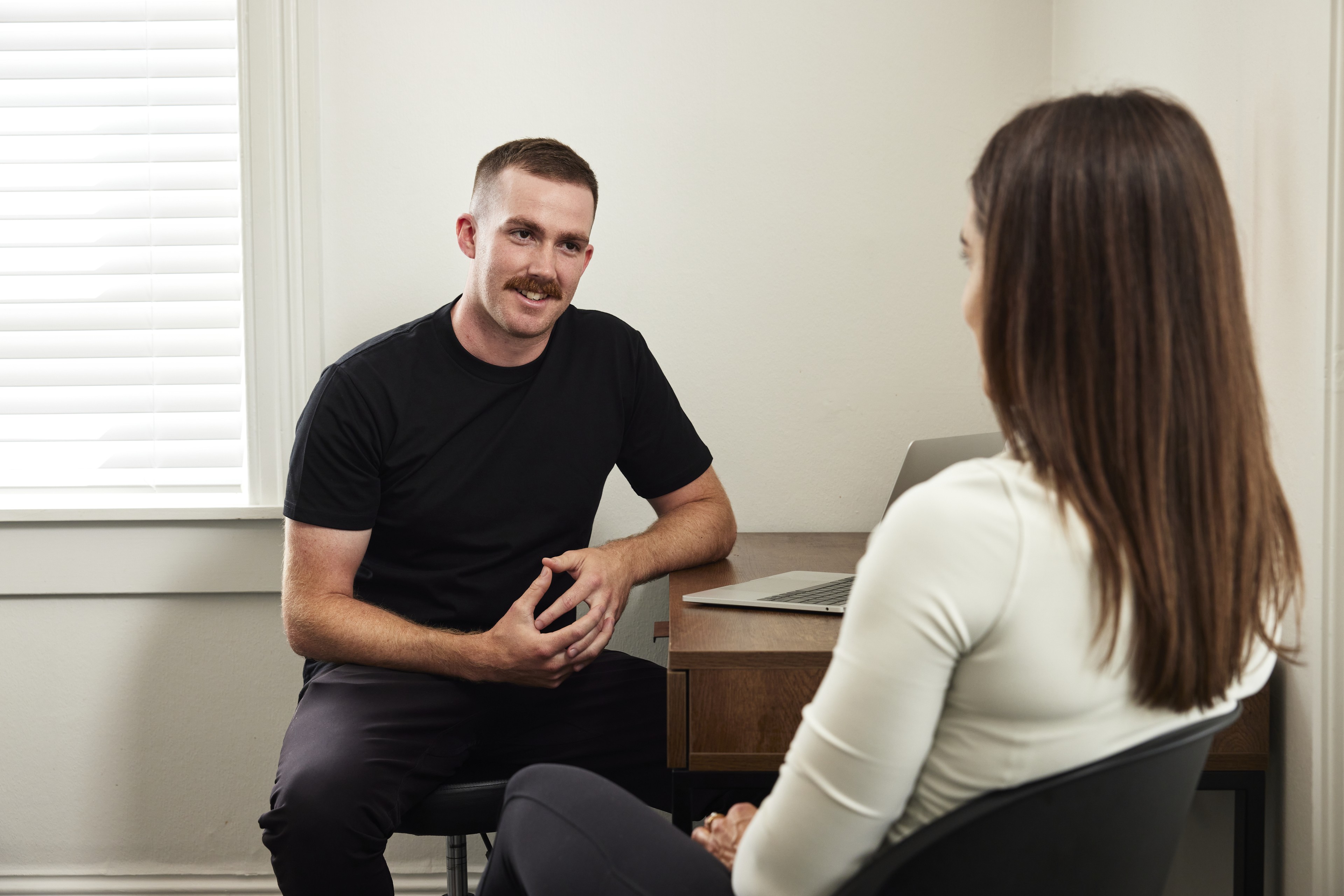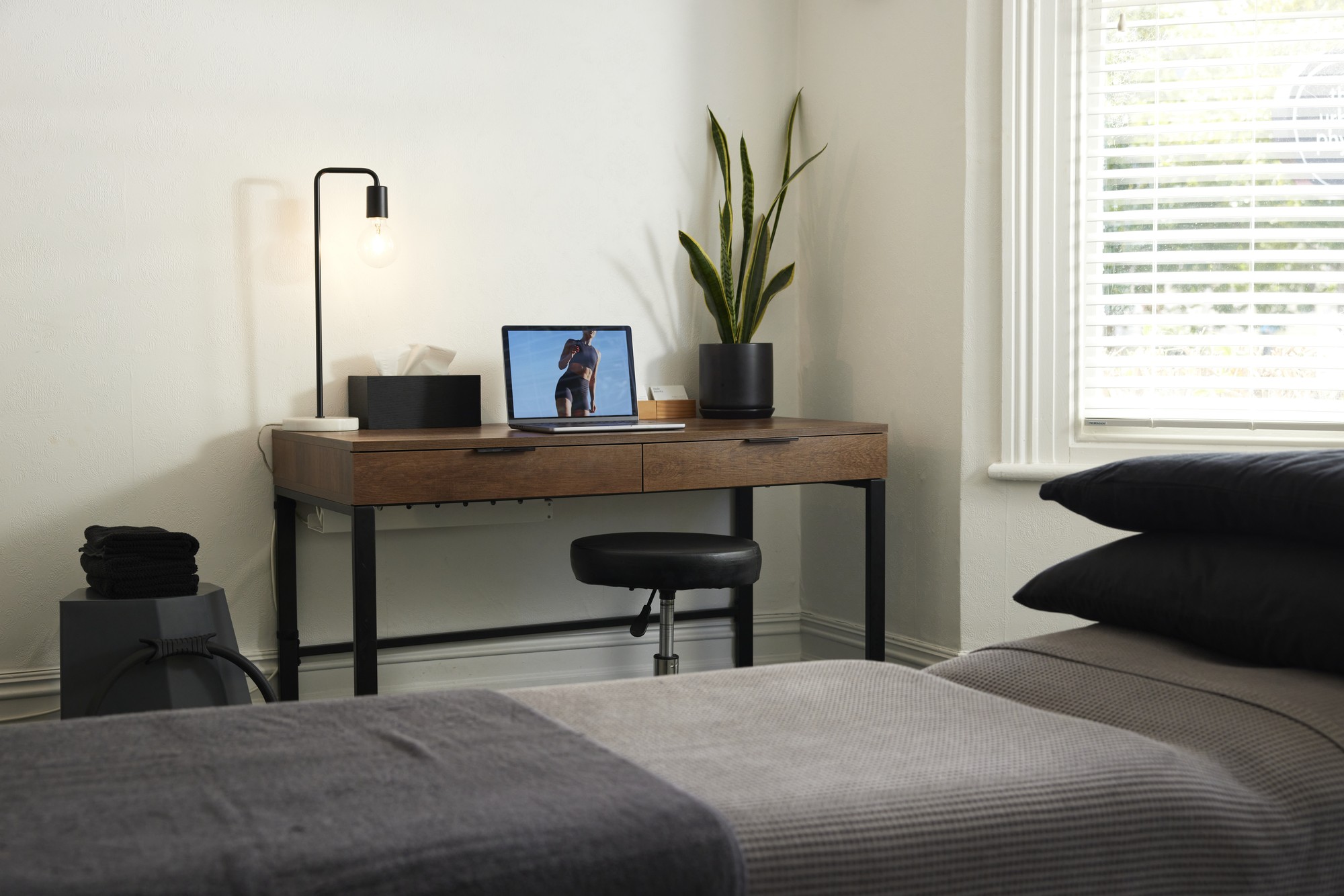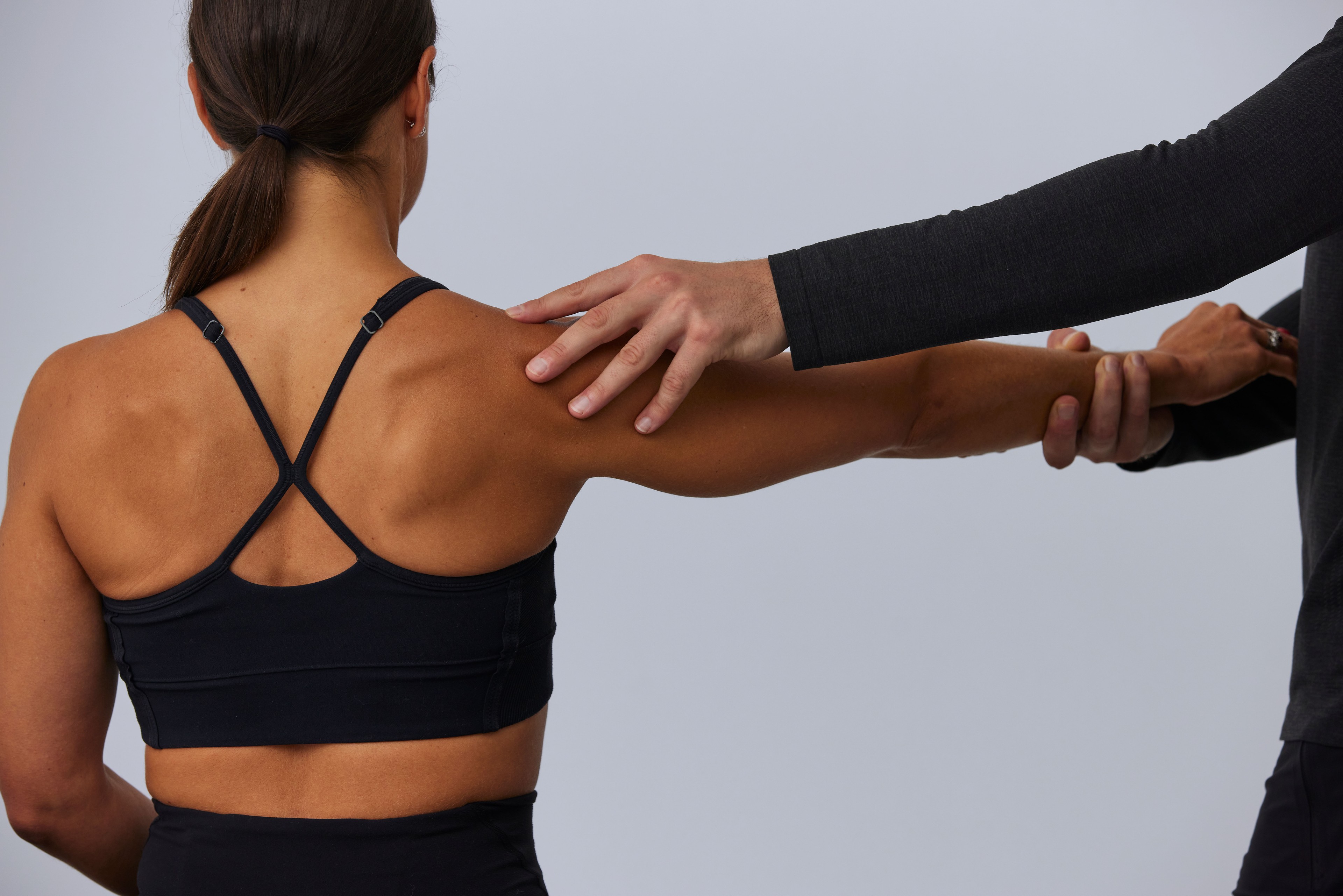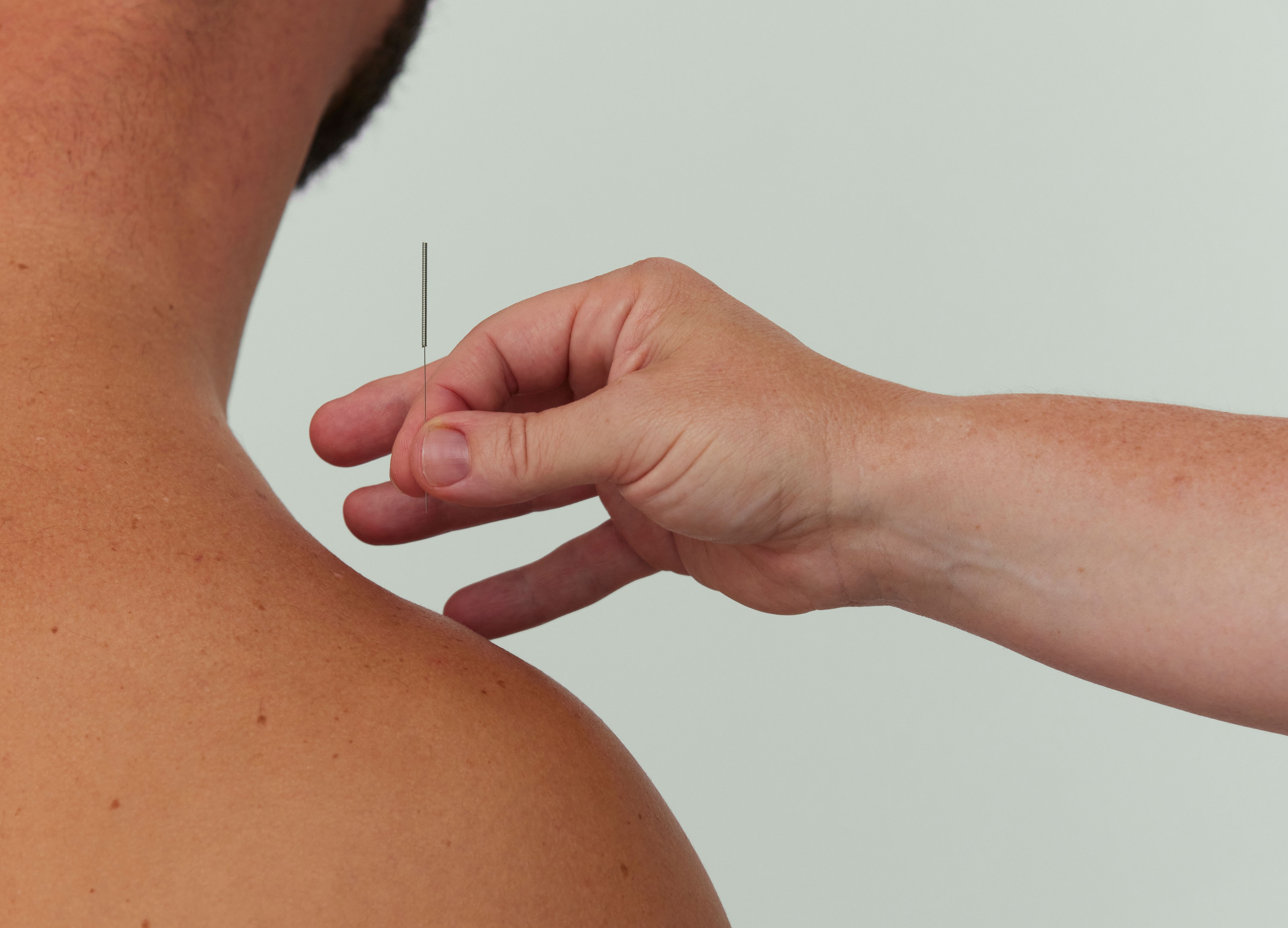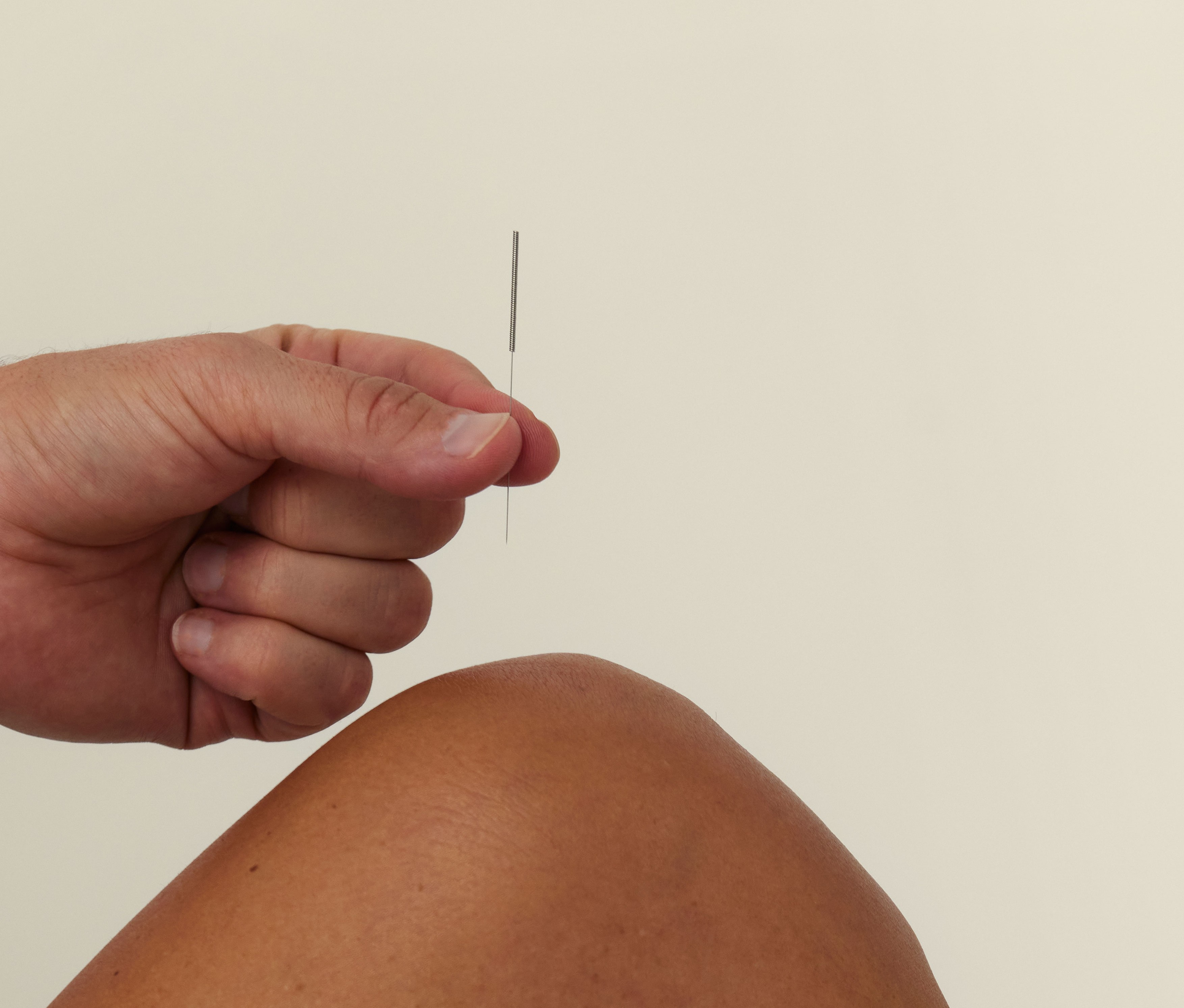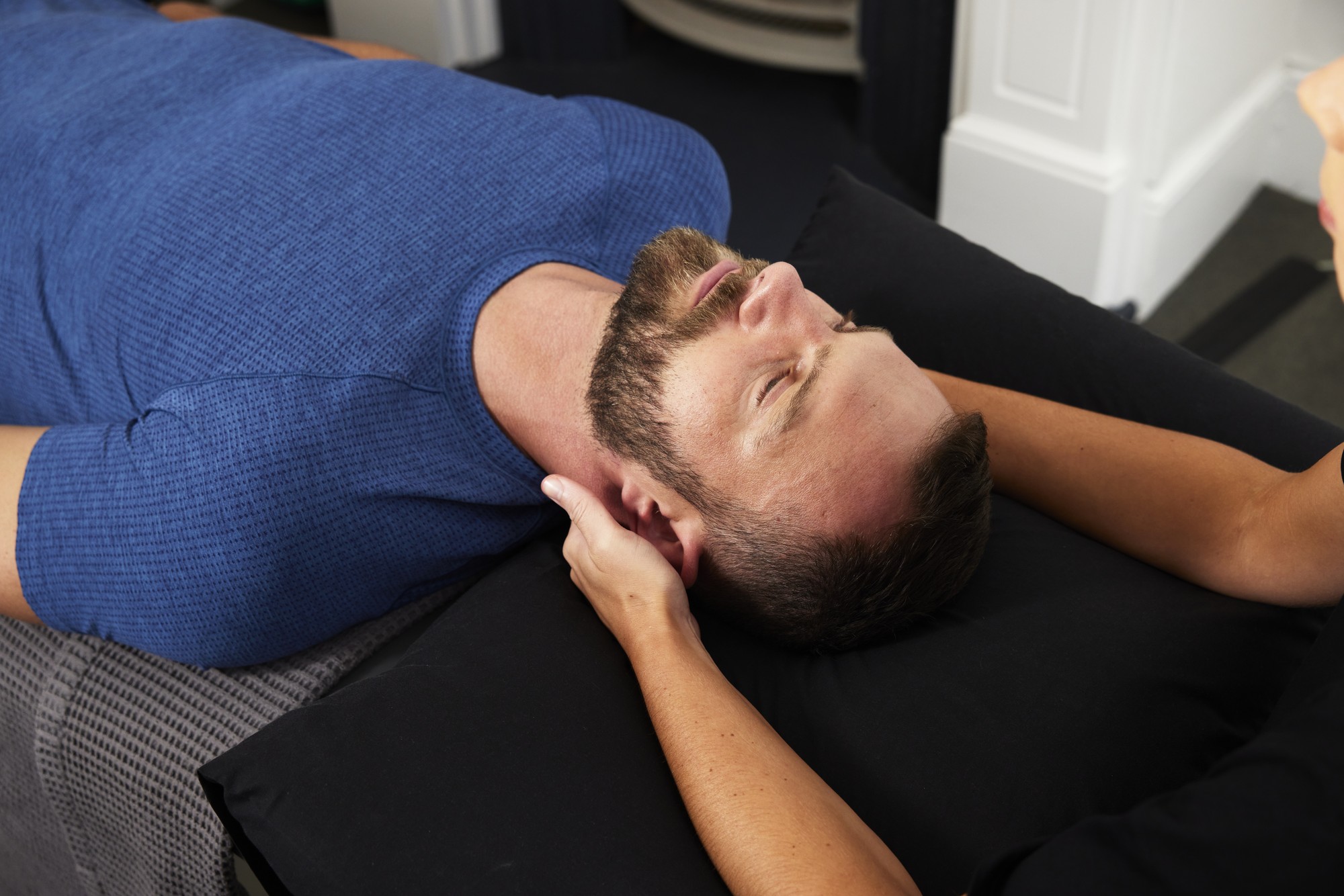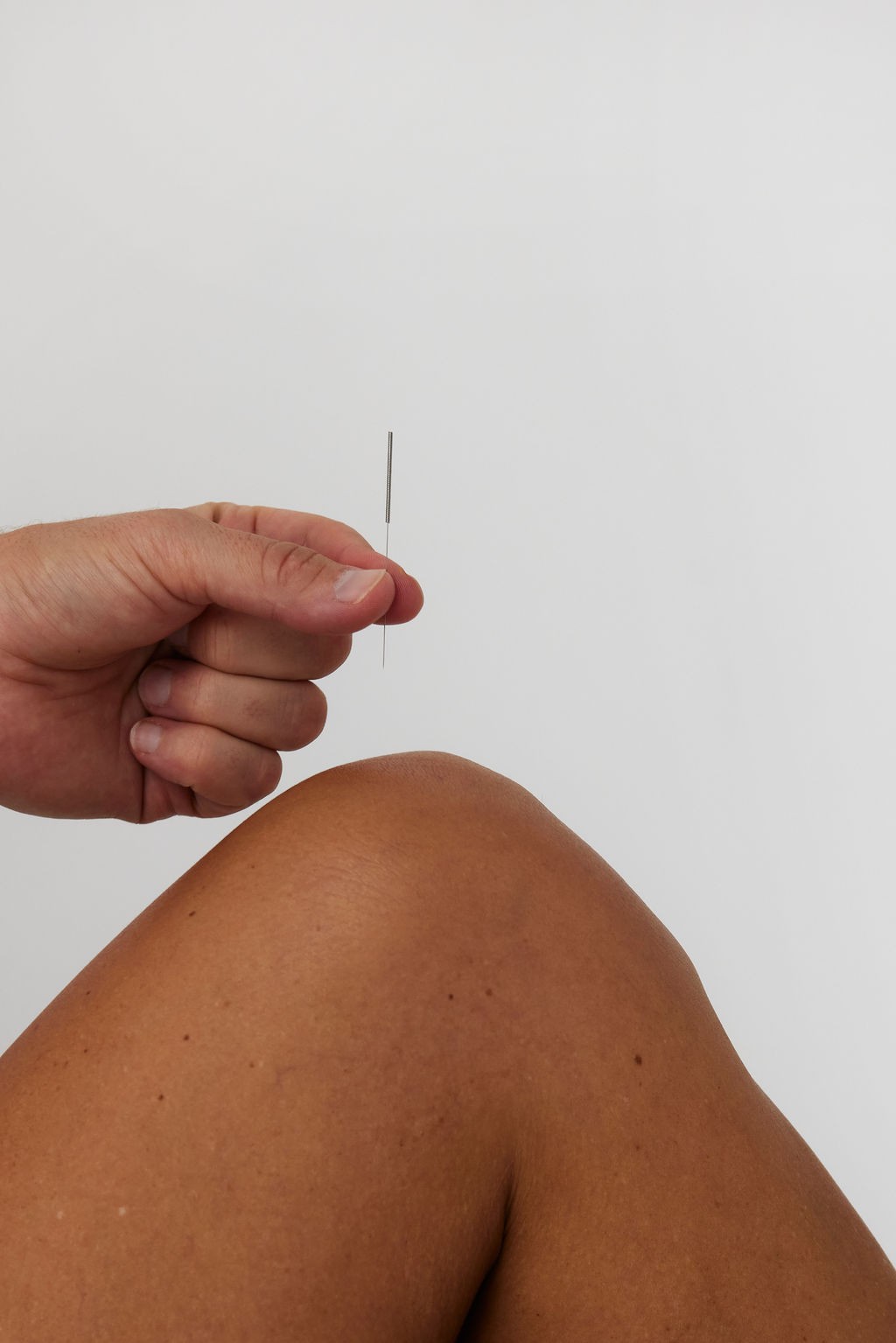Understanding Baker’s Cyst: Causes, Symptoms, and Treatment Options
A Baker’s cyst, also known as a popliteal cyst, is a fluid-filled swelling that forms behind the knee. This cyst can cause a noticeable bulge and a sensation of tightness, and in some cases, it may lead to pain, especially during movement or when trying to fully straighten or bend the knee.

A Baker’s cyst, also known as a popliteal cyst, is a fluid-filled swelling that forms behind the knee. This cyst can cause a noticeable bulge and a sensation of tightness, and in some cases, it may lead to pain, especially during movement or when trying to fully straighten or bend the knee.
What Causes a Baker’s Cyst?
Baker’s cysts often develop as a result of an underlying issue in the knee joint. Conditions like arthritis or a cartilage tear can cause the knee to produce excess synovial fluid, which lubricates the joint. When too much fluid is produced, it can accumulate at the back of the knee, forming a cyst.
Common Symptoms of a Baker’s Cyst
While some people may not experience pain or symptoms, others may notice:
· Swelling behind the knee, and sometimes in the lower leg
· Knee pain or discomfort
· Stiffness and difficulty fully bending or straightening the knee
· Symptoms may worsen after physical activity or prolonged standing.
Diagnosing a Baker’s Cyst
A physical exam is often enough to diagnose a Baker’s cyst. However, imaging like an ultrasound, X-ray, or MRI may be used for further evaluation.
Treatment Options
In many cases, a Baker’s cyst can go away on its own with conservative treatments. For mild cases, avoiding activities that trigger symptoms, rest, ice, massage, compression or use of anti-inflammatories can help.
For larger cysts or those causing significant pain, additional treatments may include:
· Steroid Injections: Cortisone injections into the knee can reduce inflammation and potentially shrink the cyst.
· Therapeutic Exercises: Gentle exercises that improve range of motion and strengthen the muscles around the knee can help alleviate discomfort and maintain knee function.
· Drainage (Needle Aspiration): In some cases, the cyst may be drained using a needle, often guided by ultrasound.
· Surgery: If the cyst persists or is linked to a joint problem, surgery may be necessary. This could involve repairing a cartilage tear or removing the cyst entirely.
When to Seek Treatment
While many Baker’s cysts resolve on their own, if you experience ongoing knee pain, swelling, or difficulty with movement, it’s important to consult with a healthcare provider such as a physiotherapist. Treating the underlying condition, whether it’s arthritis or a cartilage tear, is key to long-term relief.
If you're dealing with a Baker’s cyst or knee pain, our physiotherapists at The Urban Physio can help you develop a tailored treatment plan to manage your symptoms and improve mobility. Contact us to book in today for an evaluation and personalized care.
